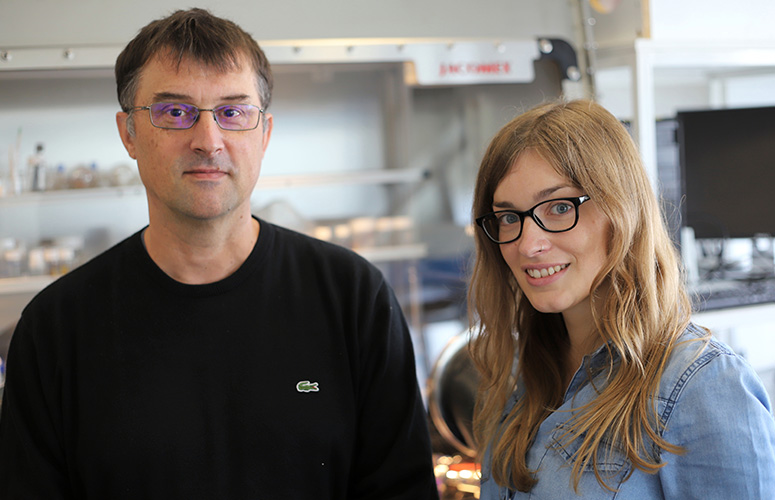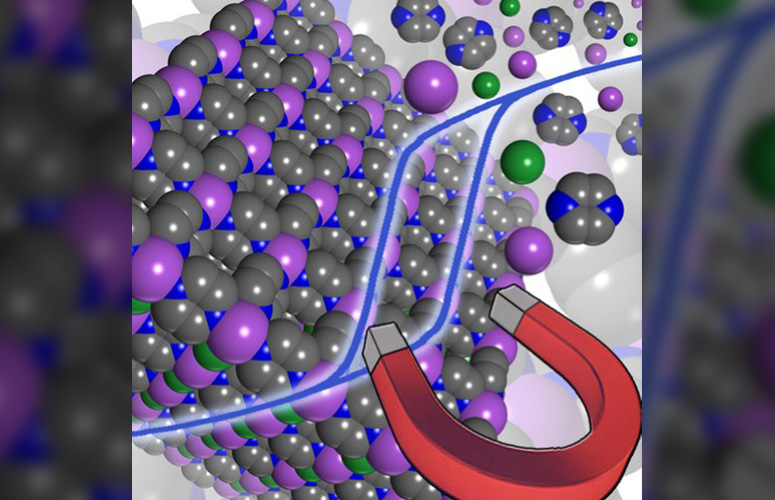New molecular magnets have been designed by an international research group together with the University of the Basque Country
- Research
First publication date: 02/11/2020

Magnets are key components in data processing and storage devices, as well as in a range of objects used on a daily basis. For example, they are used in mains electric motors in most household appliances, and are essential in various renewable energy technologies. This widespread use has led to a huge increase in the demand for new magnetic materials. In 2019, the global market value of inorganic magnetic materials rose to a total of 19.5 billion dollars, and by 2025 it is expected to reach 27.5 billion (www.imarcgroup.com). However, most of the conventional inorganic magnets have several drawbacks, such as high-power consumption during manufacture (for example, SmCo and AlNiCo) and limited access to some of their essential components (for example, magnets based on lanthanides, NdFeB and SmCo). In this respect, the last three decades have seen the development of various strategies to overcome these limitations; developing new routes and producing new magnets. One such strategy is based on the rational assembly of abundantly available, cheap organic molecules and metallic ions, but to date only a few magnets that function at ambient temperature have been produced, and most are not suitable for storing data.
To overcome the above-mentioned limitations, a research group of the CNRS-Centre National de la Recherche Scientifique and the University of Bordeaux, together with the UPV/EHU-University of the Basque Country has designed new molecule-based magnets that function up to 242 °C. As a result of the significant coercivity displayed by these magnets at ambient temperature, they could be used to store information. In addition, as they are much lighter than traditional magnets, they could supersede technological applications where excess weight poses a problem (telephones, satellites, etc.). The postdoctoral researcher of the Basque Government Itziar Oyarzabal Epelde, one of the participants in this research, confirms that “besides their exceptional properties, the process to synthesise these magnets is very straightforward: we have taken known metal-organic materials and chemically injected electrons into them; forming radicals with which stronger magnetic interactions are produced. The employed synthetic strategy may be applicable to many materials, so a whole host of opportunities are opened up to prepare a new generation of lightweight, high-temperature magnets.
In this respect, “even though these new magnets have properties that are similar to those currently in use, there is still a long way to go until they can be found in household appliances and common electronic devices. However, these magnets set an important precedent in the generation of new materials, and they highlight the importance of continuing to explore in this field“, added the UPV/EHU researcher.
Bibliographic reference
- Metal-organic magnets with large coercivity and ordering temperatures up to 242°C
- Science, 2020
- DOI: 10.1126/science.abb3861



